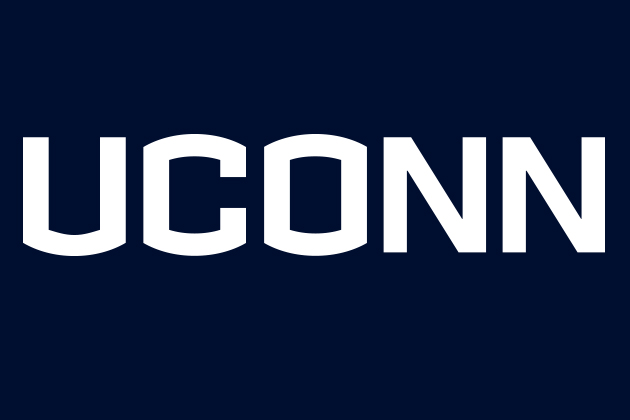UConn continues to excel in measures of academic quality and student success, but the impact of ongoing state cuts in financial support overcame that progress to precipitate a modest drop this year in the university’s U.S. News & World Report ranking.
UConn was ranked No. 22 among national public universities in the new listing, down from last year’s spot at No. 18.
The ranking, released Monday, shows that UConn continues to deliver strong performances in student retention and graduation rates, student selectivity, academic reputation, and faculty resources. It stayed steady or improved in almost all measures of institutional quality.
In fact, UConn is among the top 10 institutions this year in freshman retention rates among the top 30 public universities, with 93 percent of students returning after their first year; and No. 4 in class size indicators due to having a small number of classes (only 16 percent) with more than 50 students.
However, with the measure of financial resources counting for 10 percent of each school’s score, consistent cuts in UConn’s state grant aid over the past several years helped to pull down UConn’s overall ranking.
Although UConn remains among the top 25 national public universities for the eighth consecutive year, UConn President Susan Herbst has said consistently that the cuts in state aid would have an impact in the ranking.
“This is unfortunate, but it is not a surprise,” Herbst said of this year’s change. “I have said for several years, in both public and private discussions, that UConn’s financial struggles tied to reduced state support for its operating budget would eventually be reflected in U.S. News. It is frustrating to lose ground in this ranking because of that, even as UConn continues to do very well when it comes to key measures of student success, our faculty, and our academic strength.
“It is vital that the state, the university community, and prospective students know that the reasons behind this drop are primarily about our finances, not the quality of the education that UConn offers,” she said.
“The reality is that UConn will be the same outstanding institution next year that it was last year, this ranking notwithstanding,” she added. “Schools rise and fall on this list for many reasons, and ticking a few places up or down in a year is less important than our overall long-term trajectory. That said, our goal is always to climb higher. We are hopeful that a more stable financial future will help us achieve that going forward.”
Since 2010, state funding for UConn and UConn Health decreased by $163.8 million. The revenue generated by tuition increases – net of need-based financial aid – has made up only 63 percent of that number over that same time period.
Also, the state’s unfunded pension liability has dramatically increased the cost of employee fringe benefits, which are determined by the state, not UConn. The cost of fringe benefits has increased by 73 percent over the past eight years.
Despite those challenges, UConn has shown consistently strong academic performance, including in this year’s U.S. News rankings, which show:
- Consistently high average freshman retention rates and six-year graduation rates, at 93 and 83 percent, respectively. Those measures and others that assess academic outcomes count for 35 percent of the overall ranking.
- A strong reputation for the quality of its undergraduate programs, as assessed by peer institutions and high school guidance counselors. That measure counts for another 20 percent.
- Significant progress in recent years in student selectivity measures, including average incoming freshman SAT scores (1294 in fall 2017, compared to 1226 in fall 2012); and percentage of freshmen in the top 10 of their high school class (54 percent, compared with 48 in 2012).
- Strong performance in faculty resources, including having a particularly highly educated faculty – 94 percent have the highest degree attainable in their field. Also, about 53 percent of UConn’s classes have fewer than 20 students, compared to 47 percent five years earlier.
Despite the many academic successes, though, the assessment of the University’s financial resources available for student spending was a drag on its overall ranking.
U.S. News assessed schools’ financial measures using the average of their 2015 and 2016 fiscal years. Since state aid to UConn continued to decline in the 2017 fiscal year, it is likely that UConn will be negatively affected again next year when 2016 and 2017 figures are used.
Another measure, the percentage of living alumni who donate to their institutions, counts for 5 percent of U.S. News’ overall rankings.
In UConn’s case, an average of about 10 percent of living alumni with bachelor’s degrees donated to the University in the 2015-16 years, a decline from recent years.
That does not indicate a decline in support for the university, however. Although the numbers of individual alumni who have donated may be down, the UConn Foundation recently reported its best year ever – more than $82 million raised in FY2018 – and has raised nearly $400 million in the last five years.



